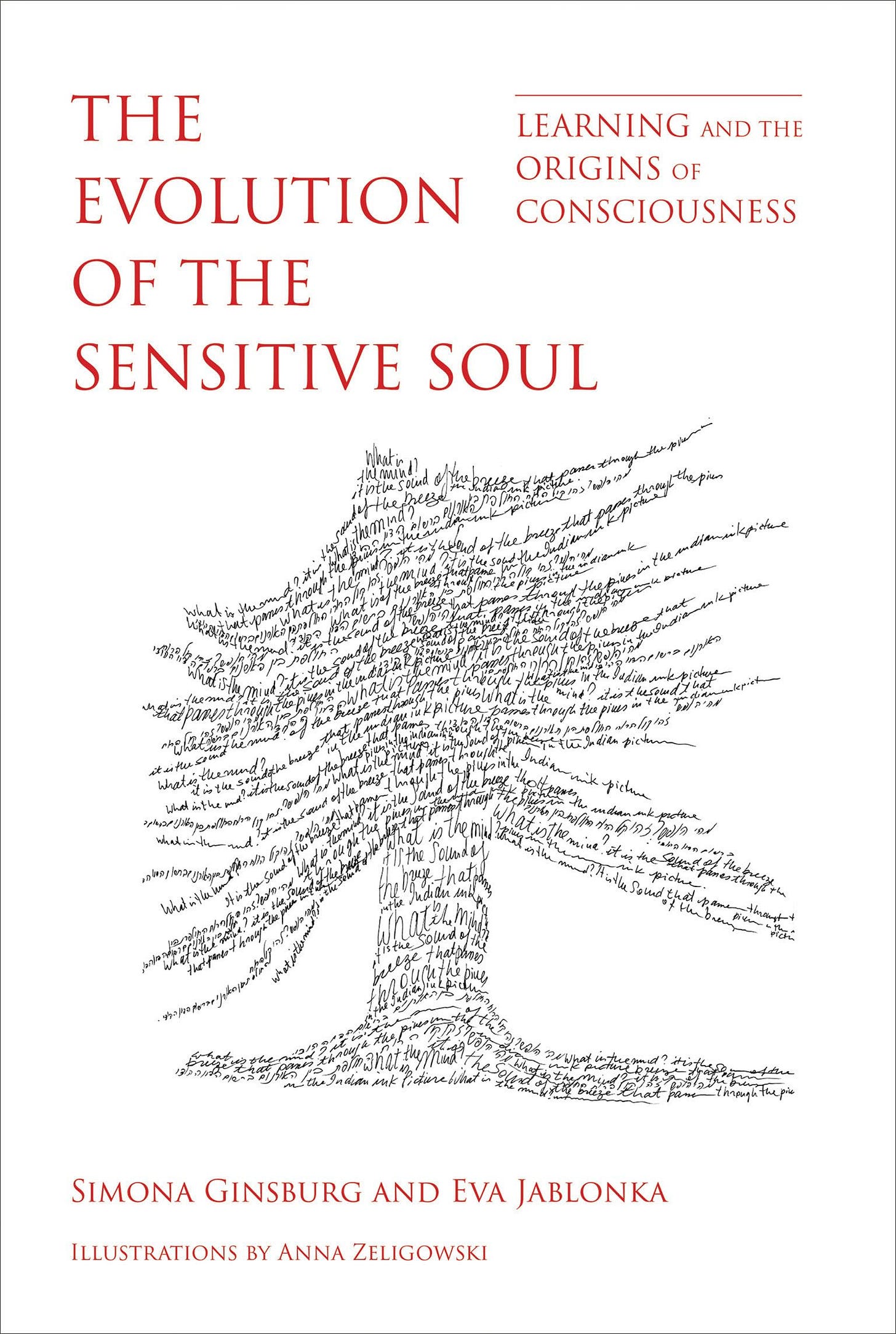Before getting to distinctly human Symbolic Learning processes, we must finish our analysis of how cognitive meaning unfolds as the animal mind complexifies. Here we encounter some profound emergent properties of utmost importance. For, while we have been considering cognition and intelligence as they relate to Mind, one crucial concept has so far remained conspicuously absent from our discussion—one which is absolutely essential to all notions of meaning and value such as we as humans are familiar with.
Consciousness.
With consciousness, meaning becomes experiential for the first time. Meaning becomes deeply subjective. It becomes, that is, what we as humans intuitively think of when we describe anything as meaningful or significant in some way. It becomes felt as meaningful.
But how did this kind of consciousness emerge out of unconscious cognitive information processing?
In their 2019 book The Evolution of the Sensitive Soul: Learning and the Origins of Consciousness, Simona Ginsburg and Eva Jablonka trace this evolution in some detail. Consciousness, they posit, is a direct product of the neuronal infrastructure laid down by animals as they developed more comprehensive, integrated world modelling capacities. Cognitive Learning, they say, was what led to subjectivity. They write:
When we think about consciousness and sentience, we do not usually think about learning. What comes to mind are the immediate experiences of seeing a sunflower, of feeling a stab of pain or a flood of joy, of hearing the song of a blackbird, of smelling freshly baked bread, of tasting a ripe banana. These experiences can be fleeting, and we may soon forget them. But how did animals come, evolutionarily and developmentally, to have such experiences? …[L]earning was the basis on which this experiencing process was constructed. There is no point in sensory discrimination in a rapidly yet recurrently changing world if we are unable to remember it and use it to improve our lot. Moreover, we suggest that even fleeting experiences involve processes of stabilization and updating that are intimately related to learning, as is most obvious during early development. …All pattern-perception and compound-action selection depend on learning because all rely on the (learned) construction of updatable models of the world in which the animal acts.[i]
Keep reading with a 7-day free trial
Subscribe to Brendan Graham Dempsey to keep reading this post and get 7 days of free access to the full post archives.





